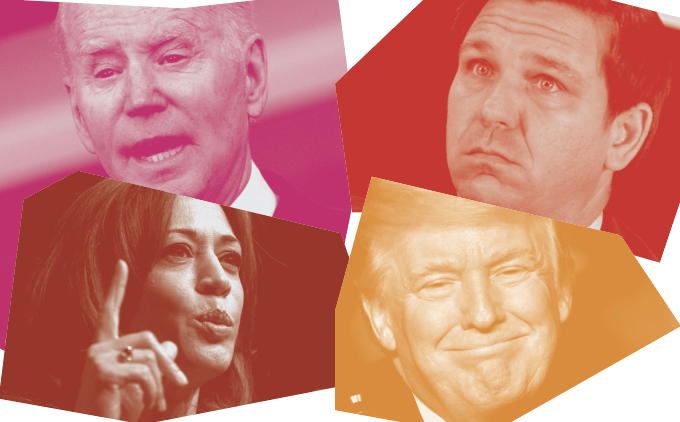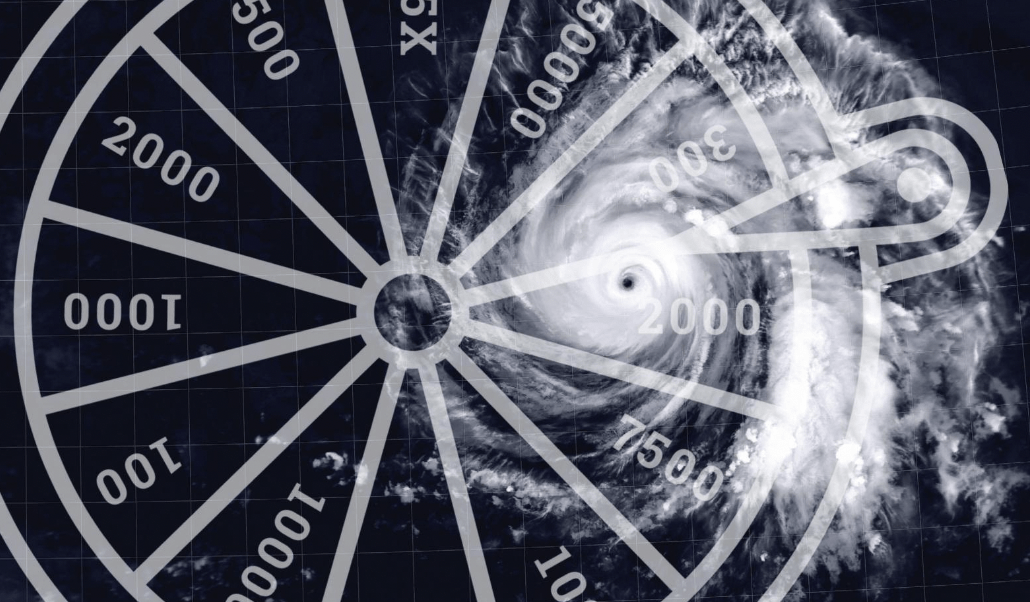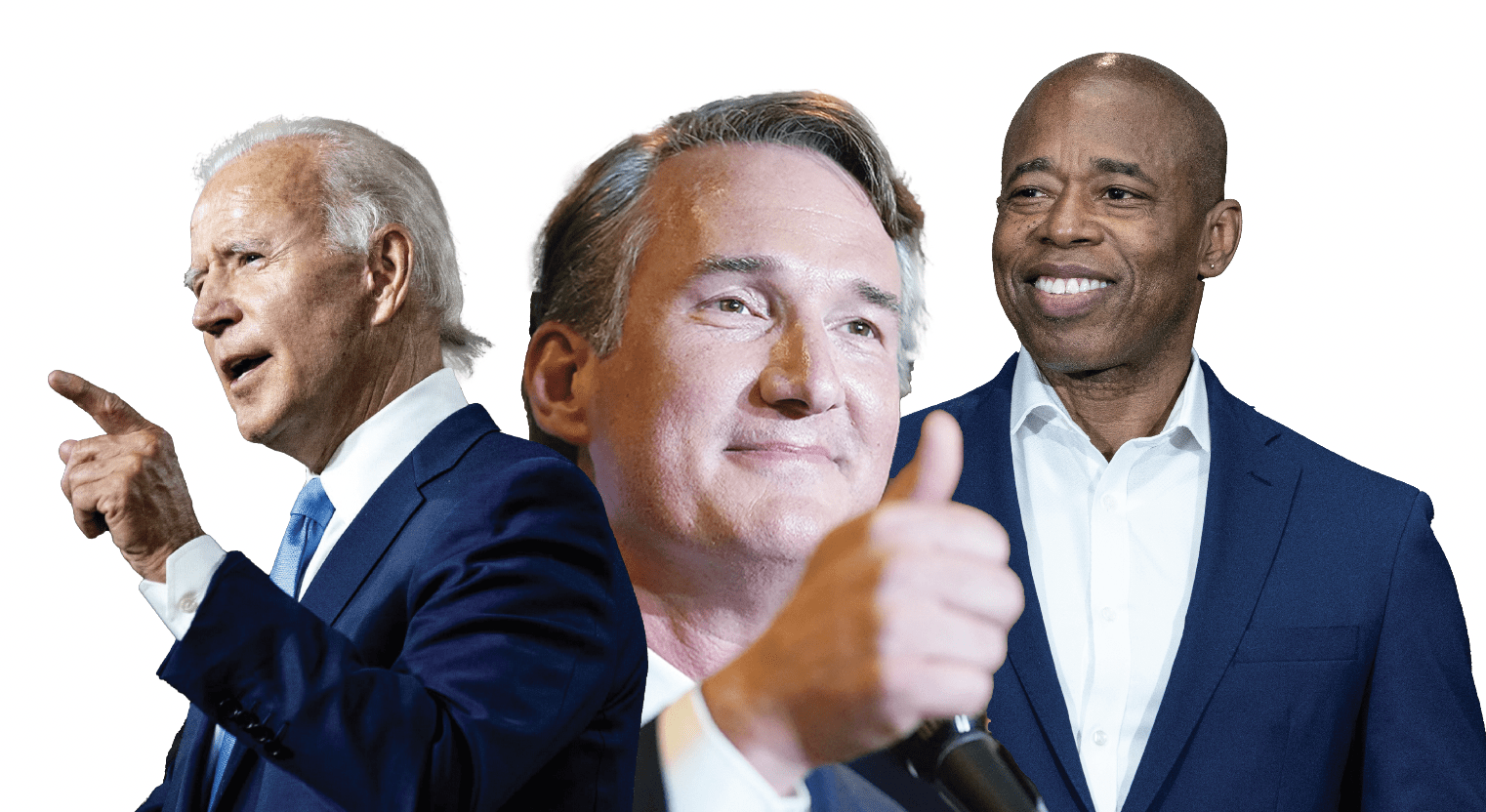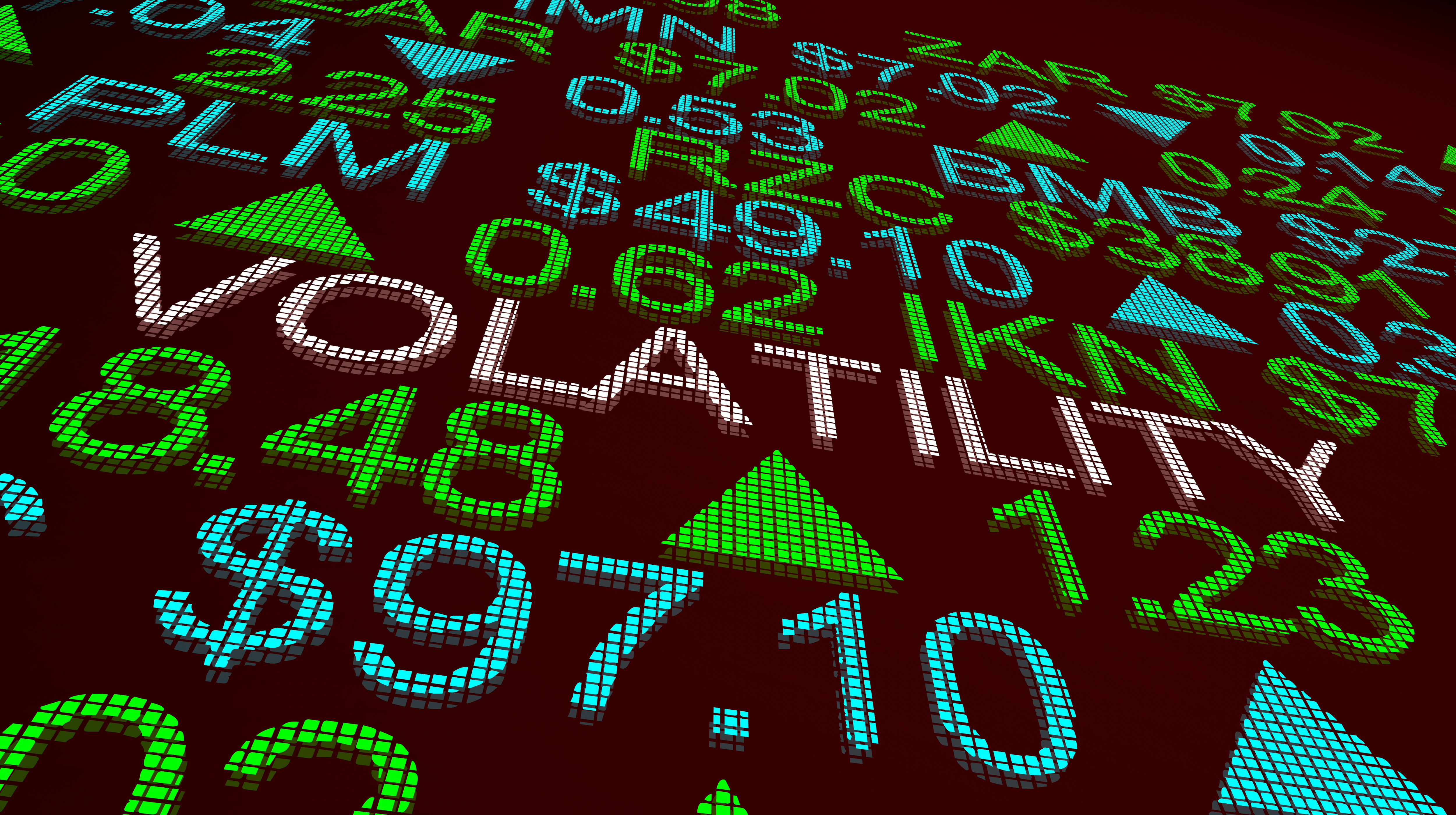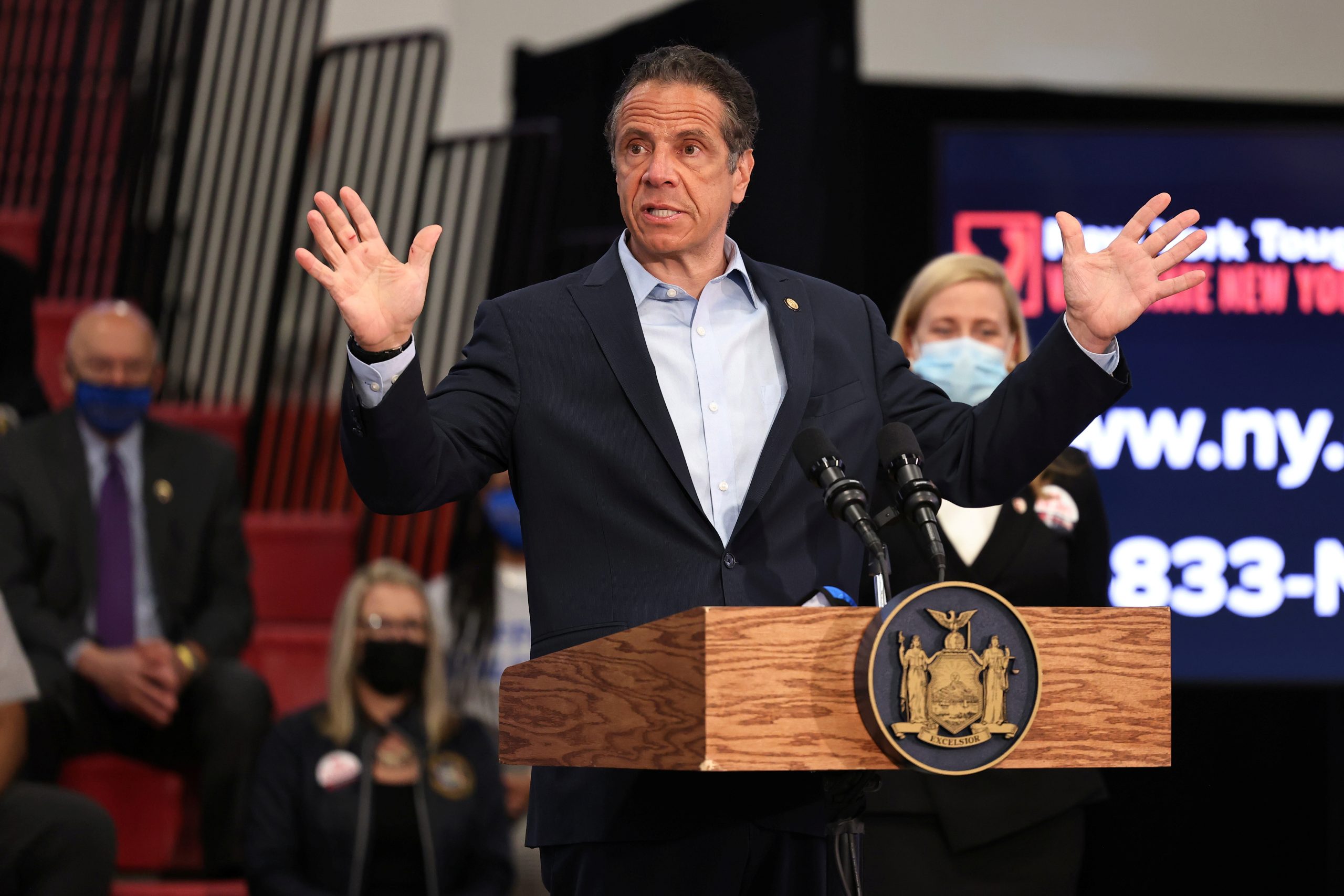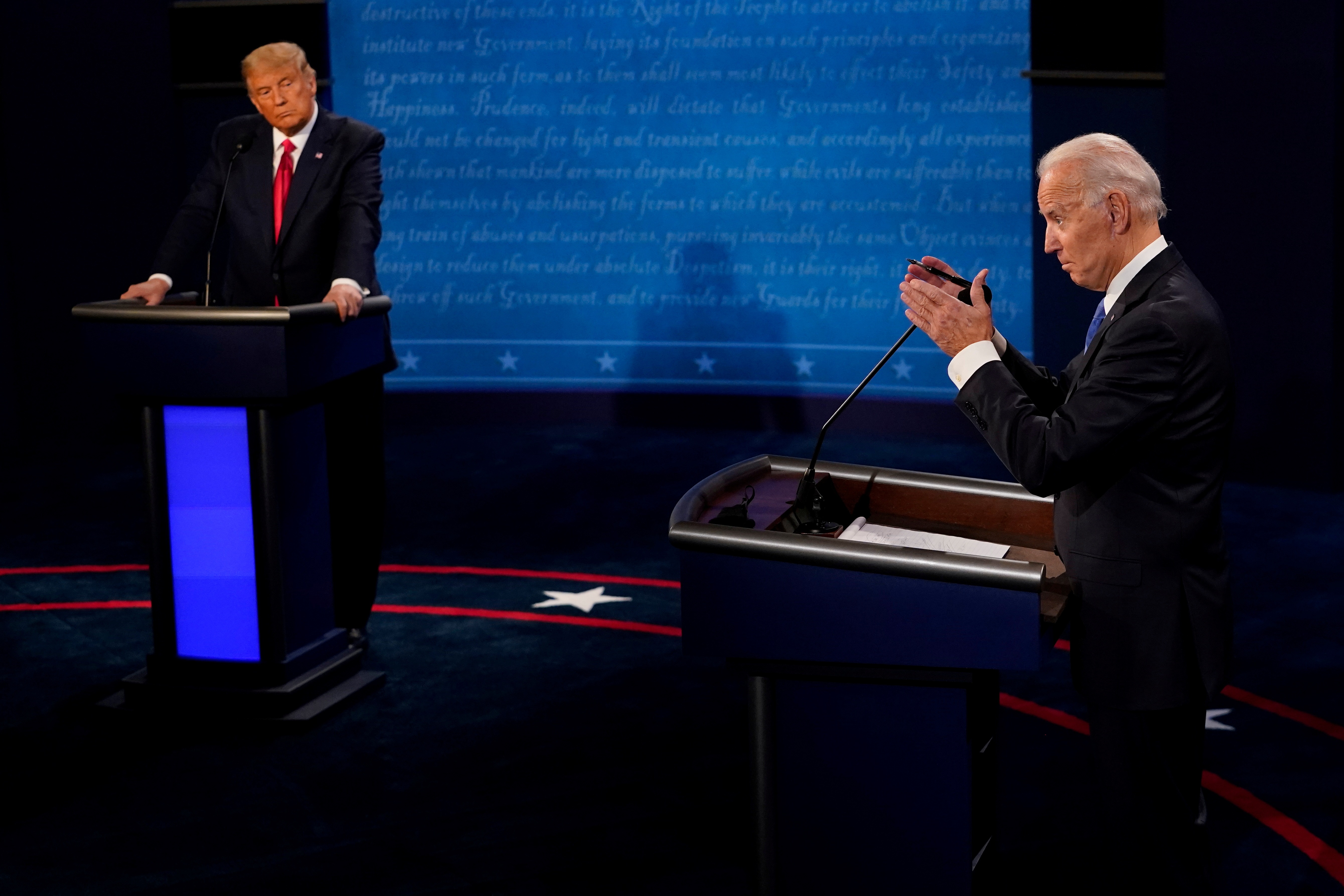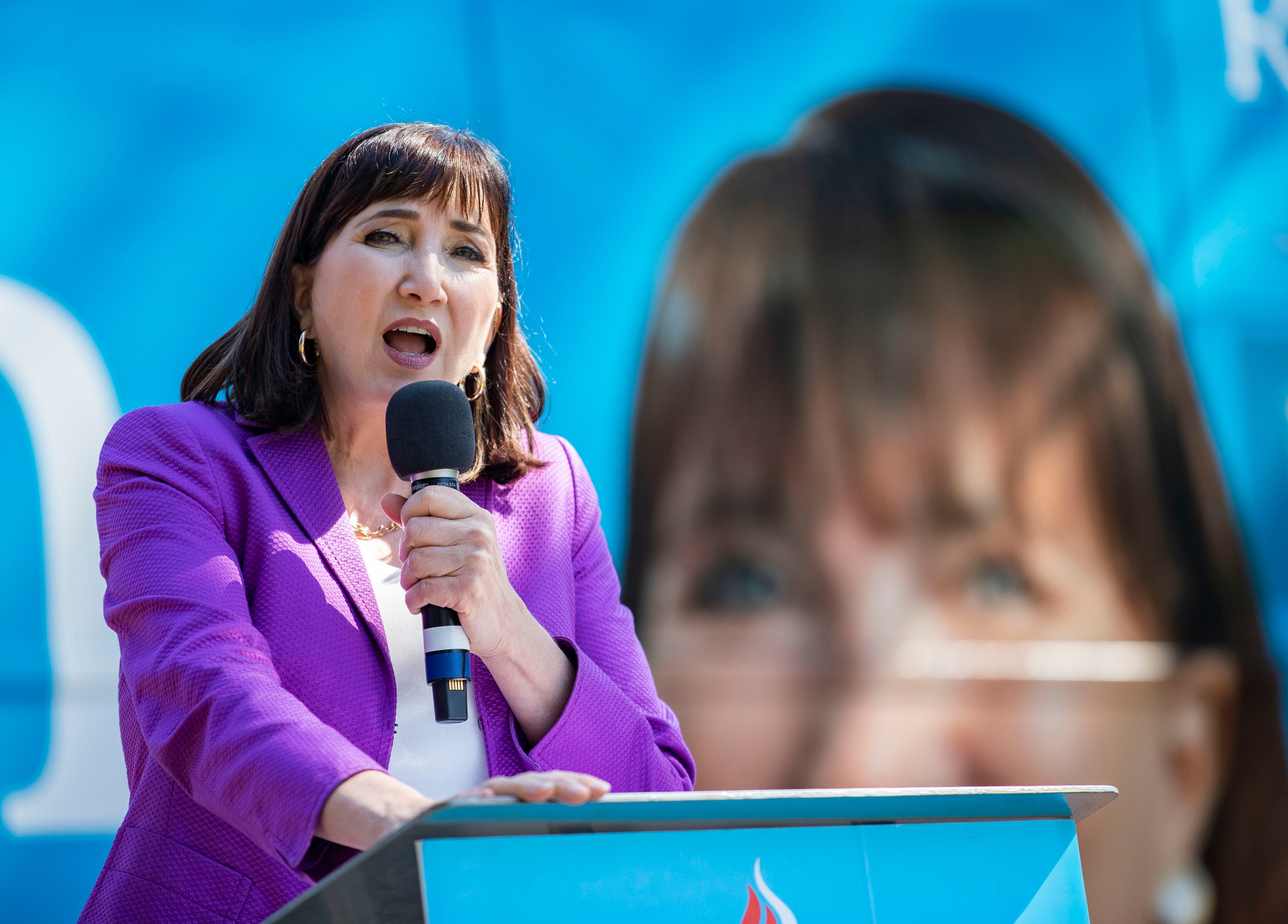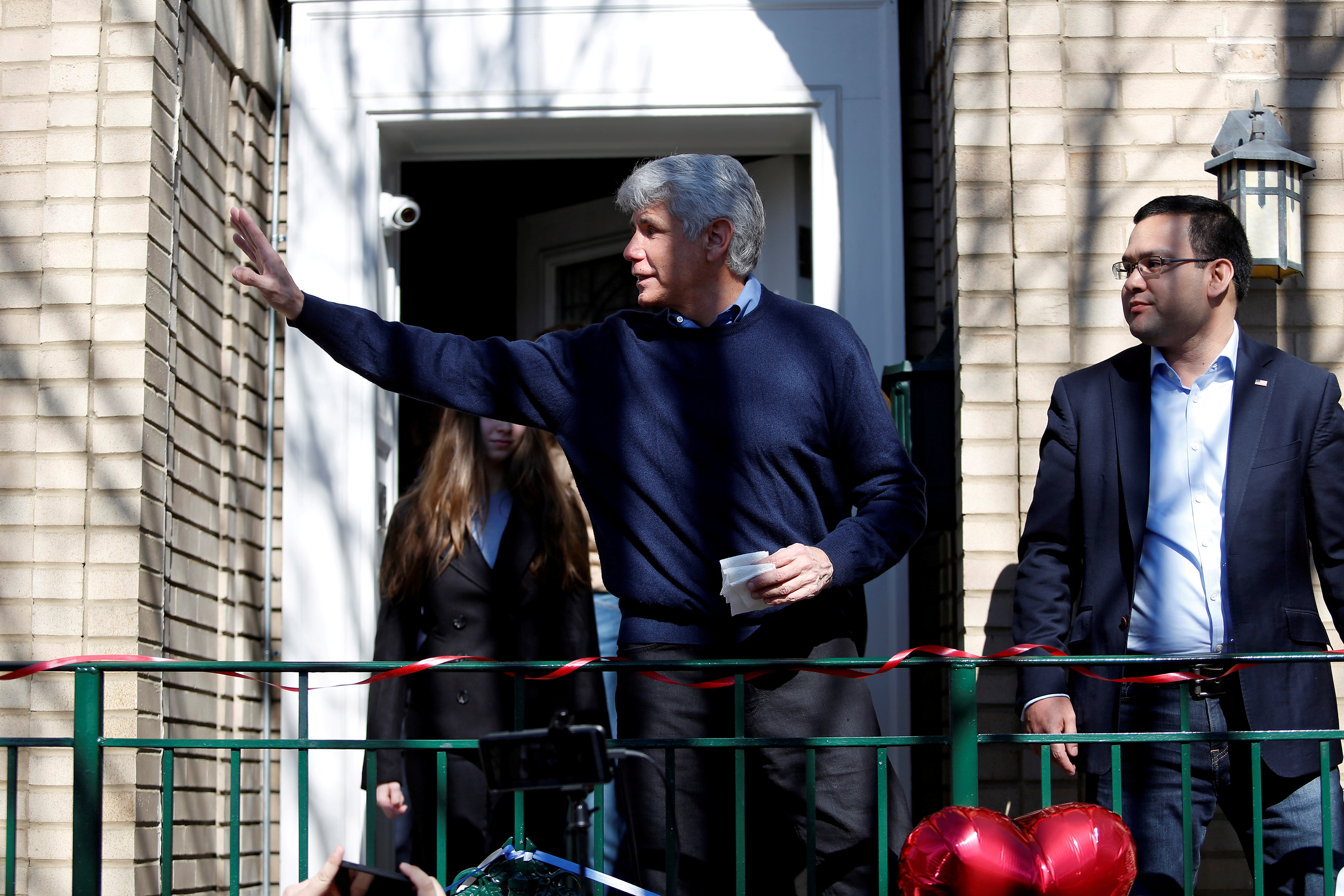The Pros are Betting on Blue
Prediction market traders forecast a strong Democratic showing in November
Despite Joe Biden’s lead in national polling, the fate of the 2020 election is closely tied to the results of a few key battleground states. Two months ahead of election day, Luckbox asked five accomplished prediction market traders how they would wager in some of the most heavily contested races. (See p. 35 for introductions to the traders—Scott Supak, Jason Pipkin, Pratik Chougule, Derek Phillips and Paul Krishnamurty.)
What is PredictIt?
Billed as the “stock market for politics,” PredictIt is a political prediction market website where traders legally wager real money on the outcome of political events. Traders buy “Yes” or “No” shares in the markets, and the share prices are in decimal increments of $1.00, which also represent the forecasted probability of a specific outcome occurring. For example, a 45¢ “Yes” share means the market’s traders forecast a 45% probability of the outcome occurring and a 55% probability of it not occurring. Twenty-seven million shares were traded among PredictIt traders on election night in 2016, a record since surpassed on Iowa caucus night and Super Tuesday of the current election cycle.
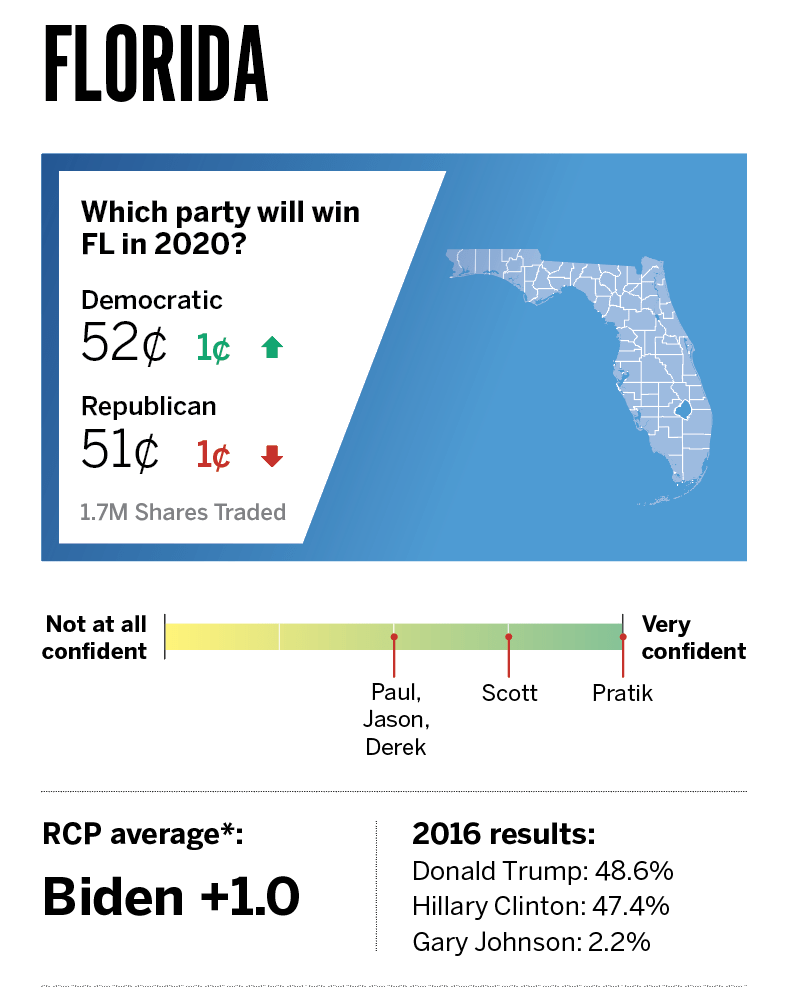
Scott: Biden’s polling well with old people. Registration numbers are very good for the Democrats.
Jason: There’s plenty of time left for things to happen, but as of this prediction, Biden’s surprising lead among senior voters should be enough despite Trump doing better among Venezuelans and Cubans than Hillary.
Pratik: Traders are overcompensating for the fact that the GOP outperformed expectations in 2018 and 2016.
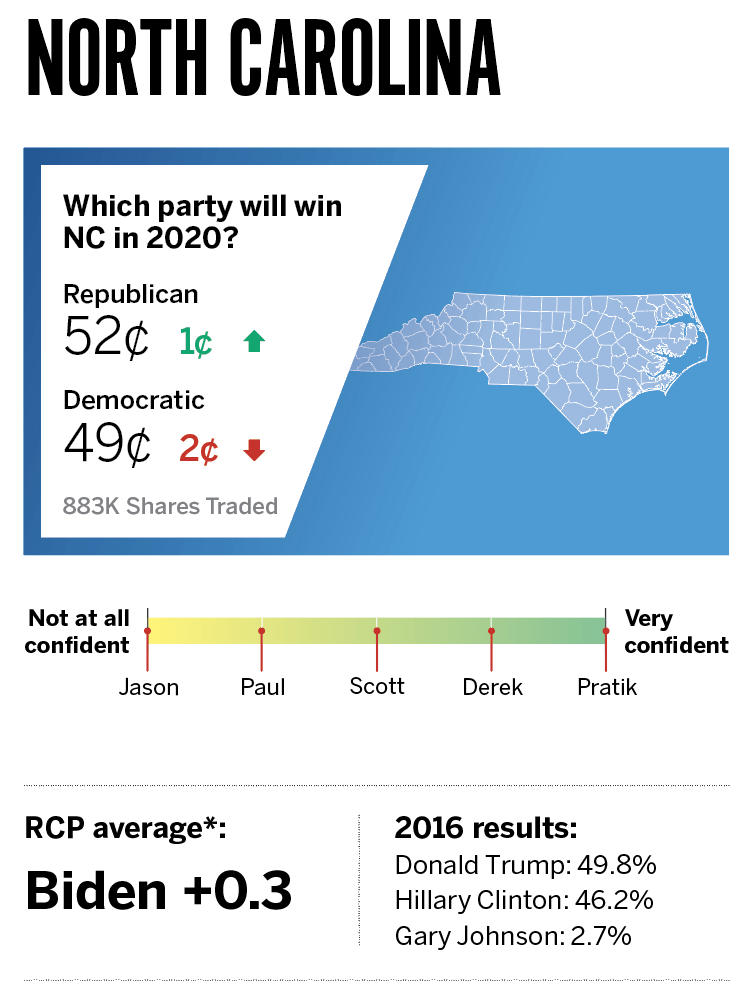
Jason: North Carolina is a turnout dogfight. So far, Democrats are putting up very strong numbers in vote-by-mail requests, particularly in highly educated counties. They will need to pray that their lead holds on election day—though it’s notable that the Senate race and gubernatorial race seem to favor Democrats.
Scott: The Senate race looks bad for Republican incumbent Thom Tillis, and Democratic Gov. Roy Cooper is going to cruise to re-election easily, perhaps with some reverse coattails.
Derek: Cooper is going to win by 10 points, and I don’t see a whole lot of Cooper/Trump voters here.
Paul: My prediction is a Biden landslide, which would include North Carolina. A big increase in African American turnout might be just enough, but this state will be close.
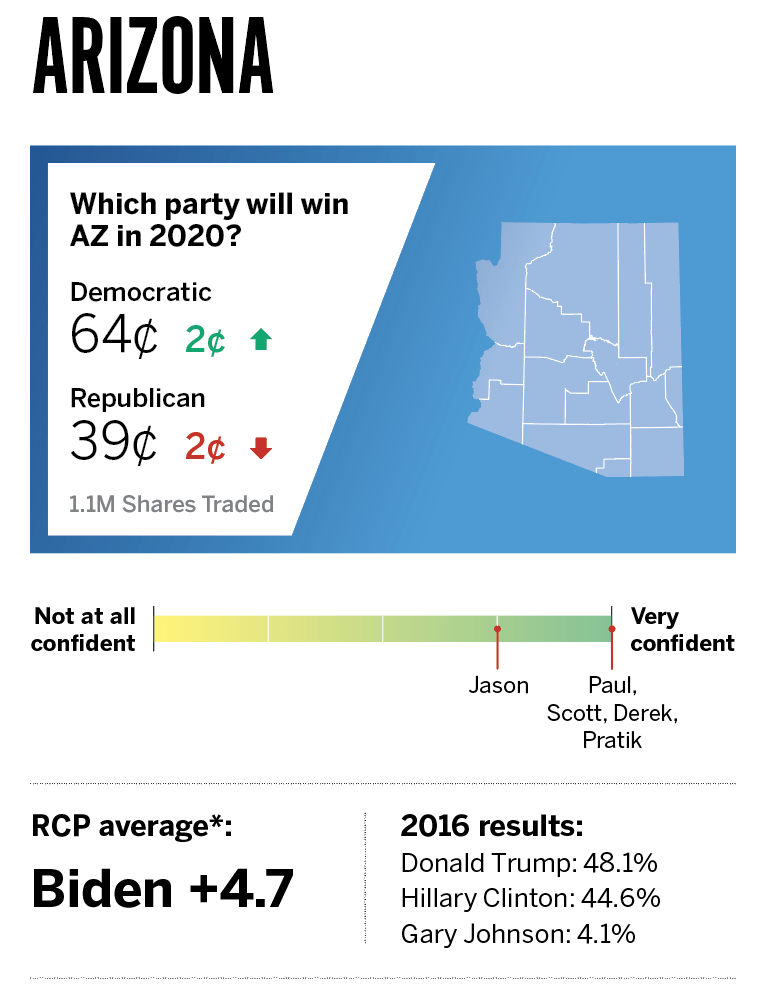
Derek: This one is slipping off the map. Another state where losing older voters hurts Trump, with the added bonus of having a literal astronaut on the ballot.
Pratik: With the Senate race slipping out of reach, Republicans are not going to invest enough in Arizona to put Trump over the top.
Paul: Democrat Kyrsten Sinema won the Senate seat in 2018, and Mark Kelly’s vast poll lead for 2020 demonstrates how Arizona is moving left. Biden’s support from the McCain family offers an extra edge.
Scott: Polling, polling, polling. Polls notoriously underestimate the Latino vote. Captain Mark “Future President” Kelly is going to have reverse coattails big time.
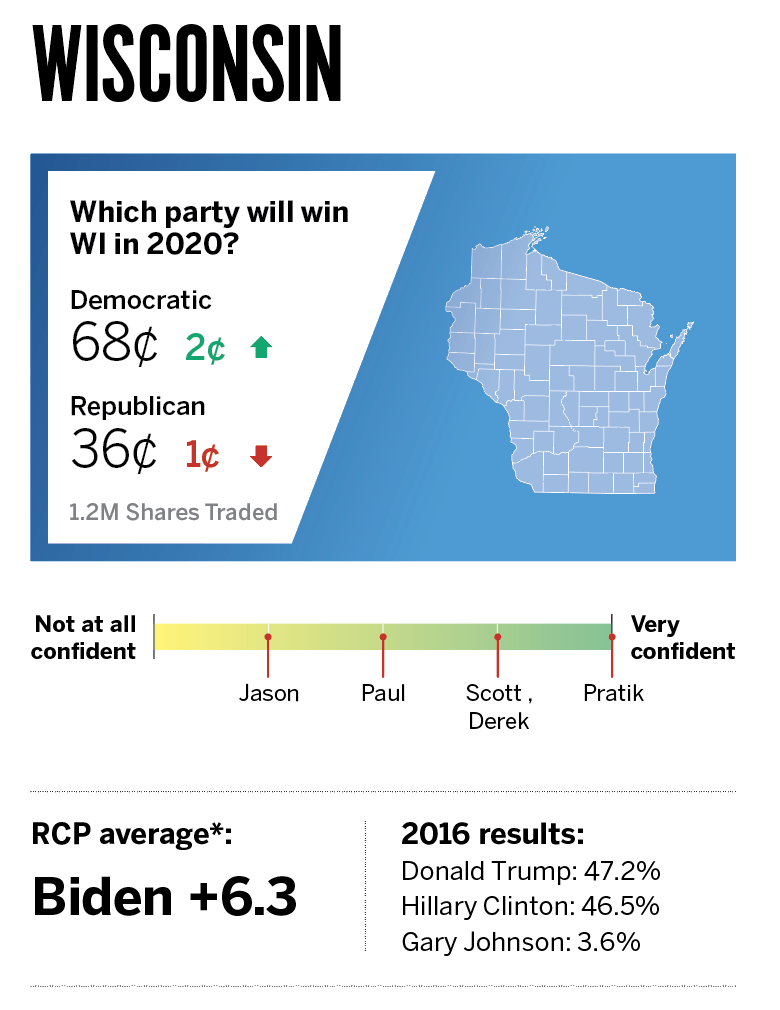
Paul: Biden has a tiny deficit to overcome but is well ahead in the polls. However, the violence in Kenosha is a worry, given long-term social divisions in a state with lots of small, rural, Trump-friendly counties.
Pratik: Trump’s 2016 victory was mostly a function of the Clinton campaign’s unforced errors that Biden is unlikely to repeat.
Jason: There are plenty of non-college white voters here who are culturally drifting right and will pull the lever for Trump. Still, a little bit better turnout from Milwaukee and Madison alongside suburban erosion in Trump support should be enough for Biden here.
Scott: Polling is showing Biden with a comfortable lead, and the third-party vote will be much smaller than in 2016.
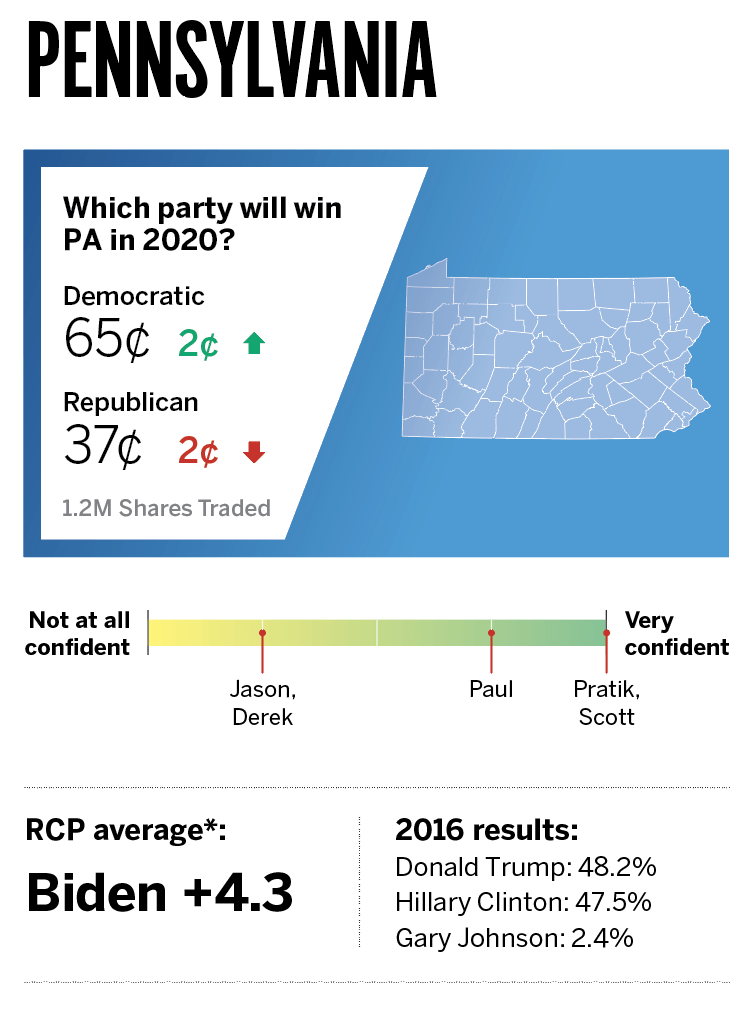
Pratik: The Trump campaign will not be able to maintain the fragile coalition that allowed him to win Pennsylvania in 2016.
Derek: Of all the major swing states, Pennsylvania gives me the most uneasy feeling. There’s no structural or demographic reason for that, but I am not liking what I see in the polls from the Keystone State lately.
Jason: Pennsylvania likely would have been in Hillary’s column if the state had any form of early voting in 2016. This year, we’ll see if the widespread adoption of vote-by-mail—which Republicans are desperately fighting in court—is enough to push Democrats over the edge, even if rural margins shift more toward Trump.
Paul: The Democratic registration advantage is three times the size of Trump’s 2016 winning margin, and polls show him consistently trailing. I experienced the lack of organization and enthusiasm for Clinton in Philadelphia last time and expect vast improvement for Scranton boy Biden.
Senate control
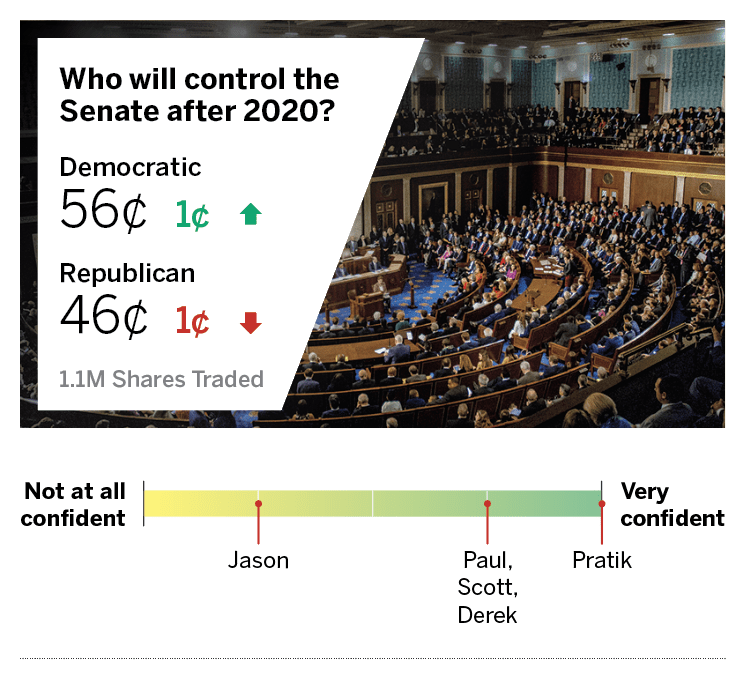
Paul: I’m confident Democrats will gain Colorado, Arizona and Maine but lose Alabama, meaning if Biden wins the presidency, as expected, they need Montana, North Carolina, Iowa or one other. I won’t be surprised if they win a couple more off the back of ultra-enthused anti-Trump turnout.
Pratik: Facing elevated Democratic turnout, too many swing-state Republican senators will not figure out how to maintain support both from their base of Trump loyalists and independents.
Jason: Democrats lose Alabama and win Arizona and Colorado. Maine and North Carolina are probably closer than thought at the moment but still lean Democrat while other opportunities, like Georgia, Iowa and Montana, are there as well.
Scott: Alabama’s Democratic Sen. Doug Jones will lose. Polling—and especially fundraising—says Republican Sens. Martha McSally, Susan Collins, Cory Gardner and Thom Tillis are toast. Then you could easily go +4 or more, especially with Steve Bullock in Montana, either Georgia seat or the real sleepers—and great longshots—Alaska and Kansas.
Political Trader Tips
What has trading in the prediction markets during previous elections taught you going into 2020?
Paul: Don’t overestimate the number of genuinely persuadable voters or the effect of set-piece events, such as debates. Don’t overstate the importance of media narrative in such a fragmented environment, and recognize the vested interest in presenting the horse-race as “too close to call.” Never underestimate the scope for skullduggery and voter suppression.
Jason: If Hillary Clinton goes to 95¢ at 8 p.m. on election night because of heavy early voting margins in Florida, sell. Don’t be greedy unless you really know what you’re doing.
Scott: Hedge, hedge and then hedge some more. Look for insurance for both a Biden blowout or a long, drawn out count. Pay attention to polling averages and less to “fundamentals,” like the economy or incumbency, because negative partisanship is so strong now—people’s minds are basically made up, and there are very few undecideds. Always think about what your biases could cost you.
Derek: In the leadup to a big election like this, be willing to take small gains. A lot of newer traders get locked into long-term positions because “this one is done” and they want to get every penny out of the contract. But prediction markets are incredibly volatile, and even if you think something is a sure thing, the price will fluctuate, and breaking news will change the outlook. There will always be an opportunity tomorrow, so take your money today.
Pratik: Voters are fickle, and even the most seasoned politicians regularly make missteps. Breaking news can dramatically change the trajectory of a race at the last minute, especially when they test the skills of candidates and campaigns.
Election Day Trading
What is the most important piece of advice you have for trading on election day?
Paul: Be skeptical of exit polls and the early numbers that emerge during the count. Often the betting overreacts. Keep a keen eye on which counties or cities are yet to declare in the tossup states. Listen to the expert commentators—John King, Larry Sabato—rather than more generalized political pundits.
Jason: If you’re planning to trade actively on election night, you should plan to do the job right. Do your homework well in advance. You will need to have a strong estimate of early voting and vote-by-mail turnout and margin and understand what election day margin/turnout needs to be for Trump to win. You will need to know where to find that data on election night and the order in which various states are counting and reporting their ballots. Be prepared, if using PredictIt, for the possibility that the site crashes under heavy traffic, making it impossible to trade for several hours.
Scott: Do not assume you’ll be able to trade. Since the polling and tweet markets were shut down, PredictIt isn’t pulling in the big bucks on fees, so they’ve almost certainly had to stop investing in scalability. When the results start coming in, especially from Florida, you’d better be ready to accept your positions because you most likely won’t be able to change them in time.
Derek: Be prepared for slowdowns. Even smart traders head into election night with a game plan for when prices are going to move, based on Twitter data, exit polls or early returns. But when the servers get overwhelmed, traders end up holding the bag on positions they don’t necessarily believe in. If you aren’t ready to ride or die with your shares, you probably shouldn’t be trading on election day.
Pratik: Do not panic at early returns and the inevitable swings in the market.




